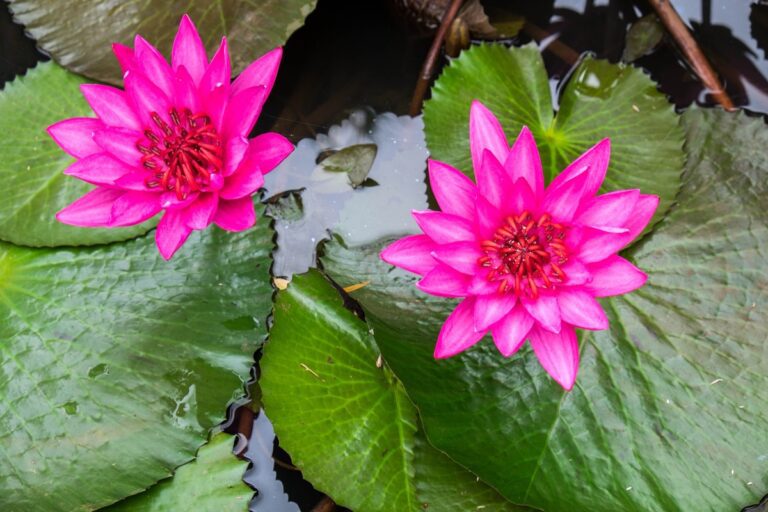909th Week: More Gratitude Practice
Walking across Central Park this morning, I was filled to overflowing with gratitude for all the years I had the privilege of soaking in the beauty, the life-giving vitality, and the spirit of this wonderful place each and every morning on my way to my office. This brought me again to the importance of noticing and experiencing gratitude. As I walked on familiar pathways, the presence of gratitude filled and inspired me.
This experience returns me to an awareness of the importance of gratitude as a frequency we can constantly bring into our lives, and of the health-affirming quality it conveys. I have an active and ongoing relationship with gratitude and I find it supports me during challenging experiences. An example is when I had some rather extensive dental surgery a week ago. After about an hour of what turned out to be a two-hour process, I found myself orienting to what I call the spirit of gratitude. You might think of it as the essence of gratitude, or the frequency of gratitude. I oriented to experiencing the presence and quality of gratitude to help myself continue to be settled and at ease in the chair. I found that choosing to resonate with this essence made all the difference in my ability to remain calm and gratefully open to the help I was receiving.
For this week’s practice, I invite you to find, in the course of the coming week, many moments to be aware of gratitude. You may already have a gratitude practice and, if you do, use this practice to increase the number of times you express your gratitude. You may discover gratitude in some unexpected places when you look for it, even as you may find yourself reinforcing an awareness of gratitude that is already alive and present in your experience.





